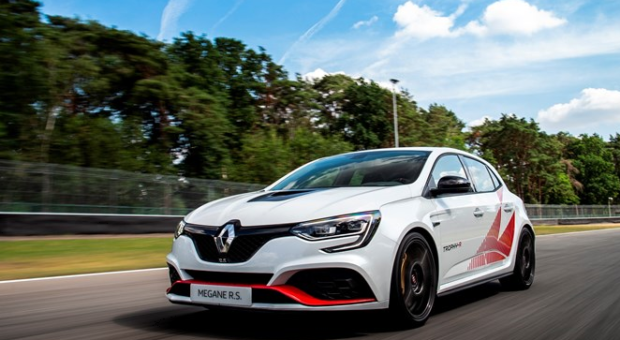
Wheels are fundamental to the operation of any vehicle, serving as the crucial link between the vehicle’s body and the road. Despite their importance, wheels are often overlooked until problems arise. Understanding the common issues associated with vehicle wheels, their impact on performance and safety, and the solutions to these problems is essential for every driver. This article explores various wheel-related challenges, from alignment and balance issues to wear and damage, providing insights into maintaining optimal wheel performance and ensuring road safety.
Wheel Alignment: The Foundation of Smooth Driving
Wheel alignment refers to the adjustment of the angles of the wheels so that they are set to the car manufacturer’s specifications. Proper alignment ensures that the vehicle drives straight and handles correctly, reducing tire wear and improving fuel efficiency.
Signs of Misalignment
- Uneven or rapid tire wear
- Steering wheel off-center when driving straight
- Vehicle pulling to one side
Solutions
Regular alignment checks are crucial, especially after encountering potholes or curbs, which can easily throw your wheels out of alignment. Most experts recommend an alignment check every 6,000 miles or as specified by your vehicle manufacturer.
Wheel Balancing: Ensuring a Smooth Ride
Wheel balancing corrects any uneven distribution of weight in the wheels. Unbalanced wheels can lead to vibration, premature tire wear, and unnecessary stress on the vehicle’s suspension.
Signs of Unbalance
- Vibration in the steering wheel, seat, or floorboard at certain speeds
- Uneven tire wear
Solutions
Having your wheels balanced is a relatively quick and cost-effective procedure that involves adding small weights to the wheel to counterbalance any heavy spots. It’s generally recommended to have wheels balanced during tire rotation, about every 6,000 to 8,000 miles.
Tire Wear: A Symptom of Underlying Issues
Tire wear can often indicate more significant problems with your vehicle, including misalignment or suspension issues. Regular inspections can help identify and rectify these problems before they lead to more serious complications.
Types of Wear
- Center wear: Often caused by overinflation
- Edge wear: Usually a result of underinflation
- Cupping or scalloping: Can indicate suspension problems
Solutions
Maintaining proper tire pressure is crucial, as is regular suspension checks and alignment to prevent uneven wear. Replacing tires at the right time is also vital for safety and performance.
Wheel Damage: From Aesthetic to Functional Impairments
Wheels can suffer from a variety of damages, ranging from cosmetic scratches and dents to more severe issues like bends and cracks, often caused by hitting potholes or curbs.
Solutions
Minor cosmetic damage can often be repaired, restoring the appearance of the wheels. However, significant damage affecting the wheel’s structural integrity requires professional evaluation. In some cases, replacement might be the safest option.
The Impact of Aftermarket Wheels
Aftermarket wheels can enhance a vehicle’s appearance and performance but choosing the right ones is crucial. Incorrect wheel size or offset can affect vehicle handling, lead to tire rub, or even damage the suspension components.
Solutions
Consulting with a professional before purchasing aftermarket wheels can prevent potential problems. Ensure that any new wheels are compatible with your vehicle’s specifications and that they don’t negatively impact its safety or performance.
Conclusion
Wheels play a pivotal role in the safety and performance of a vehicle, and understanding the common problems and solutions associated with them is crucial for every driver. Regular maintenance checks, including alignment, balancing, and tire pressure checks, are essential for preventing issues. Additionally, being mindful of the signs of wear or damage can help address problems early, ensuring a safer and smoother driving experience. By giving wheels the attention they deserve, drivers can significantly enhance their vehicle’s longevity, performance, and safety on the road
















